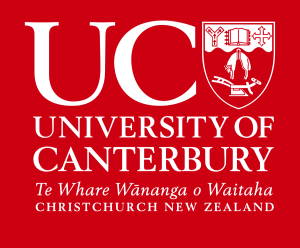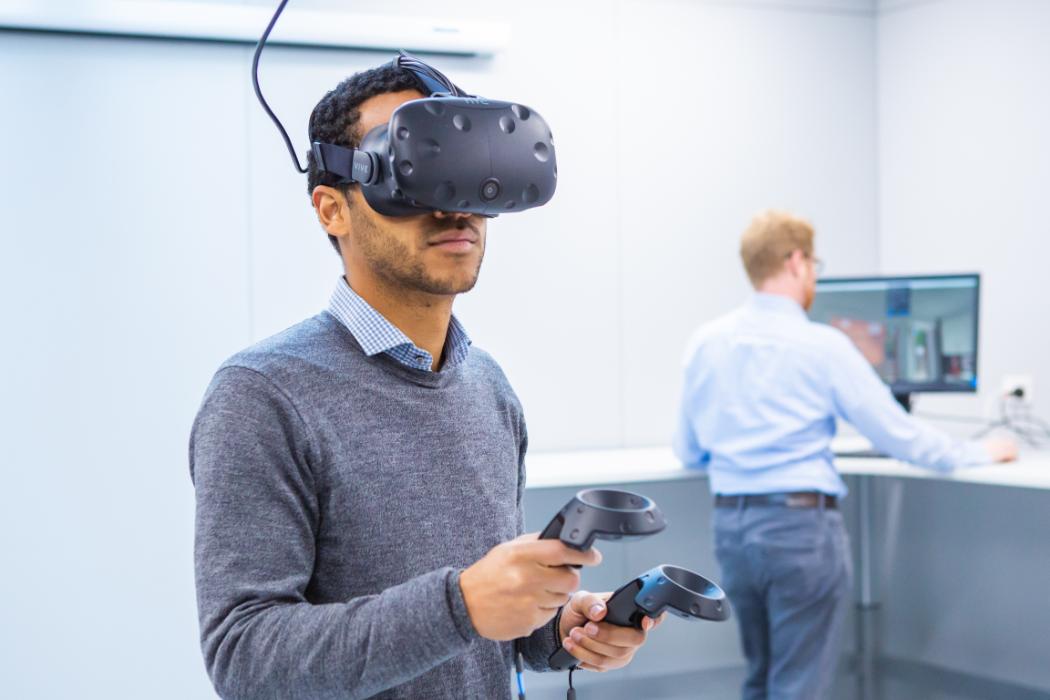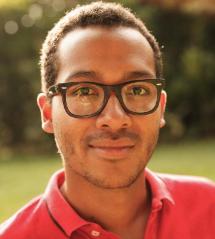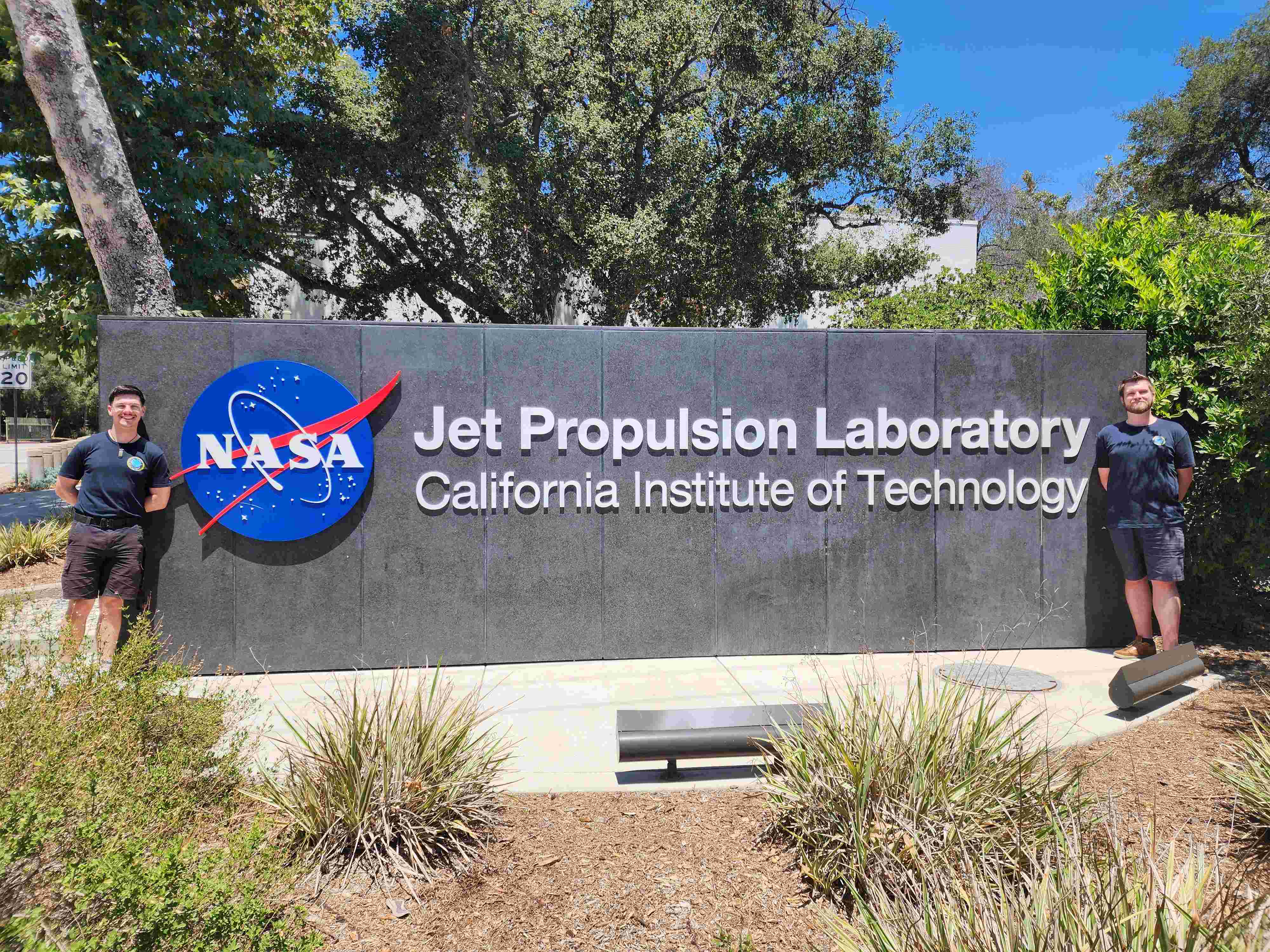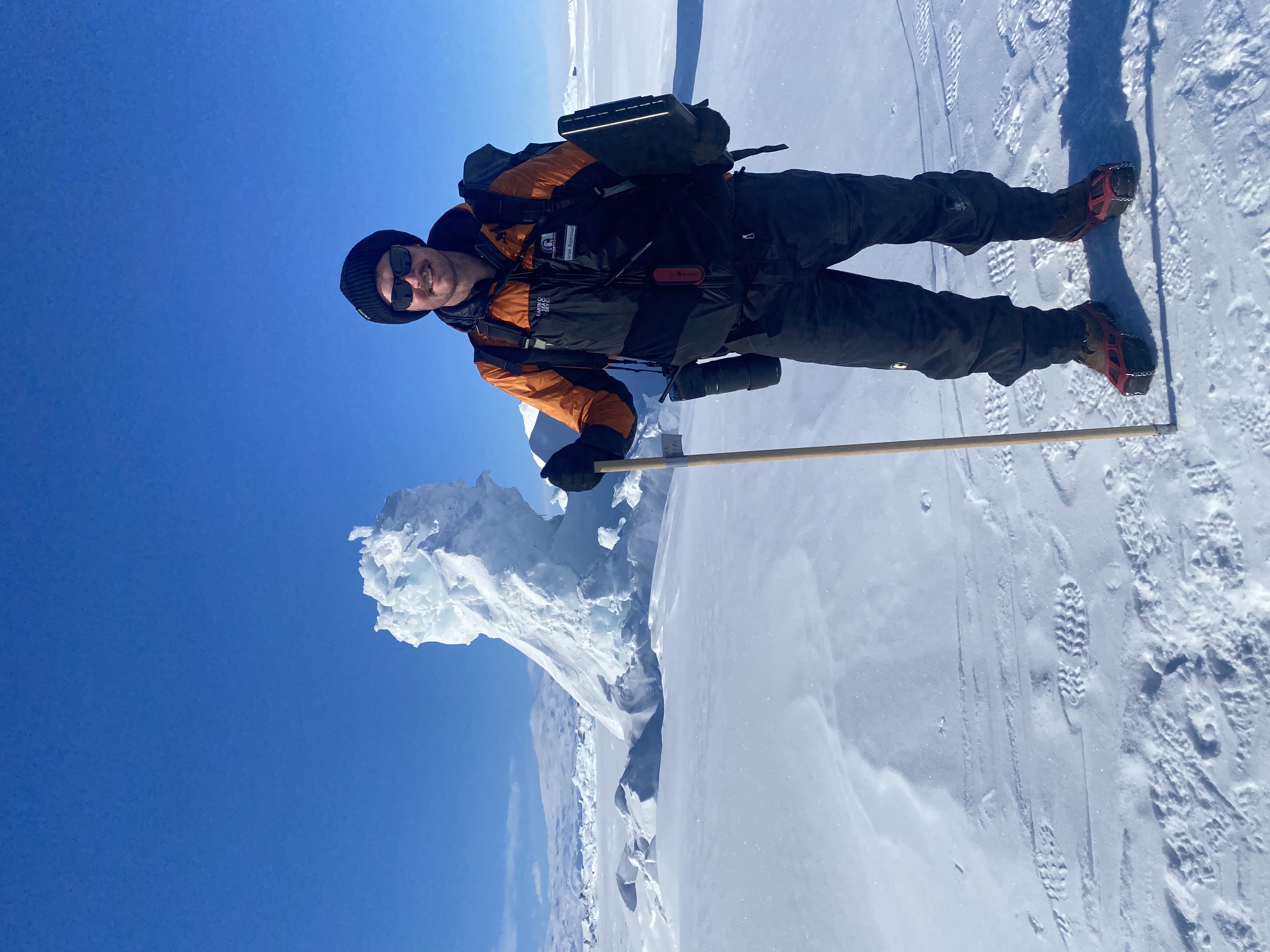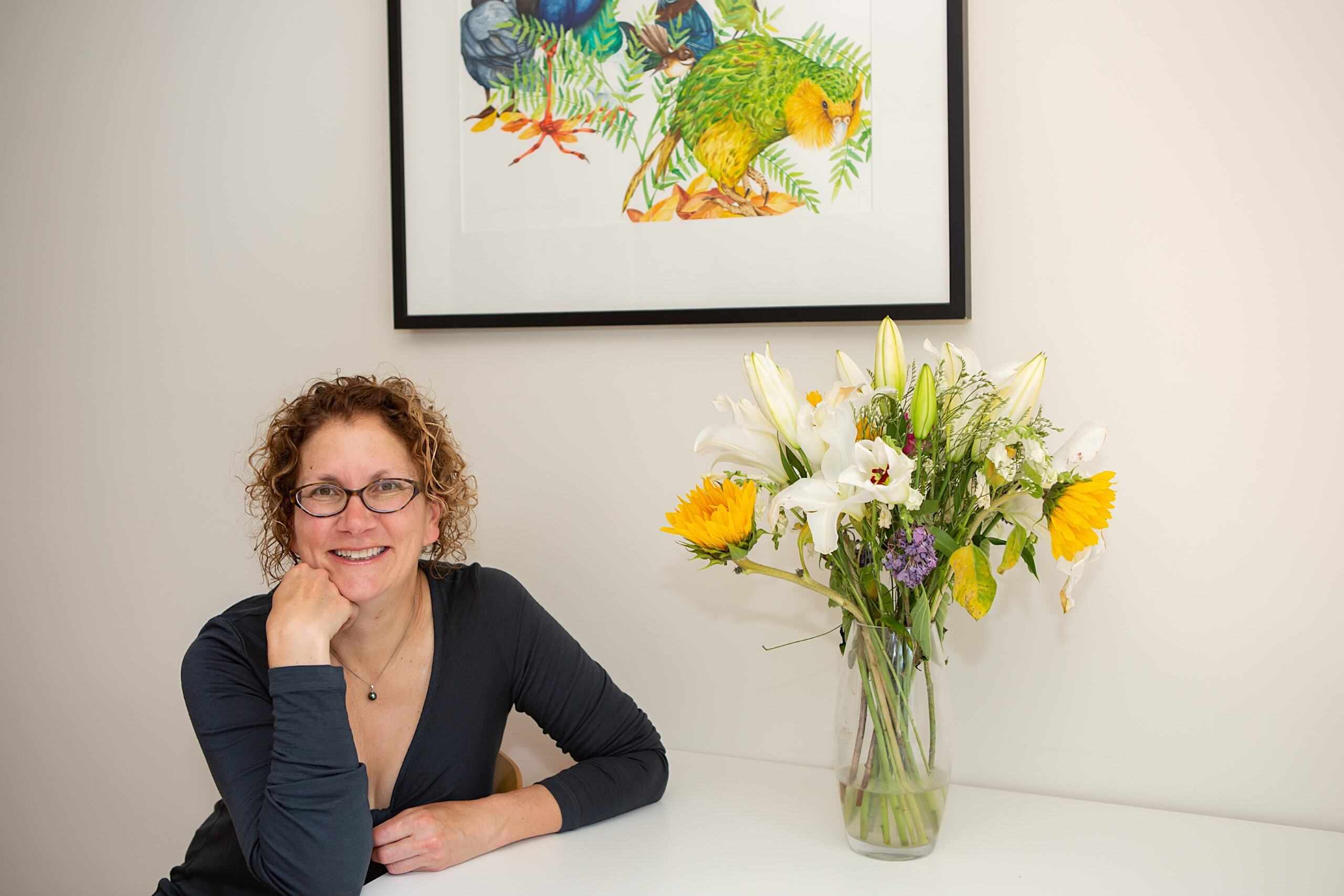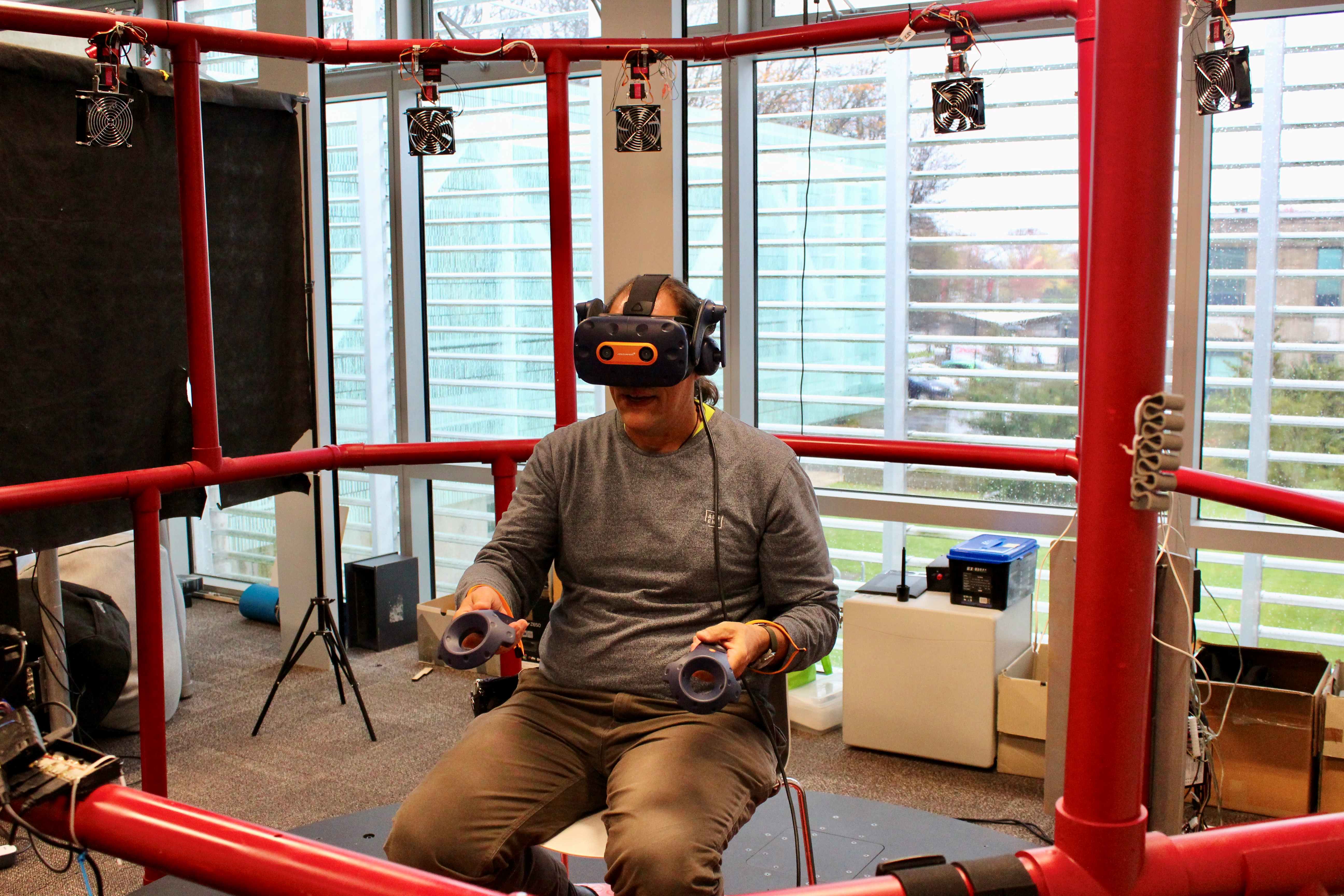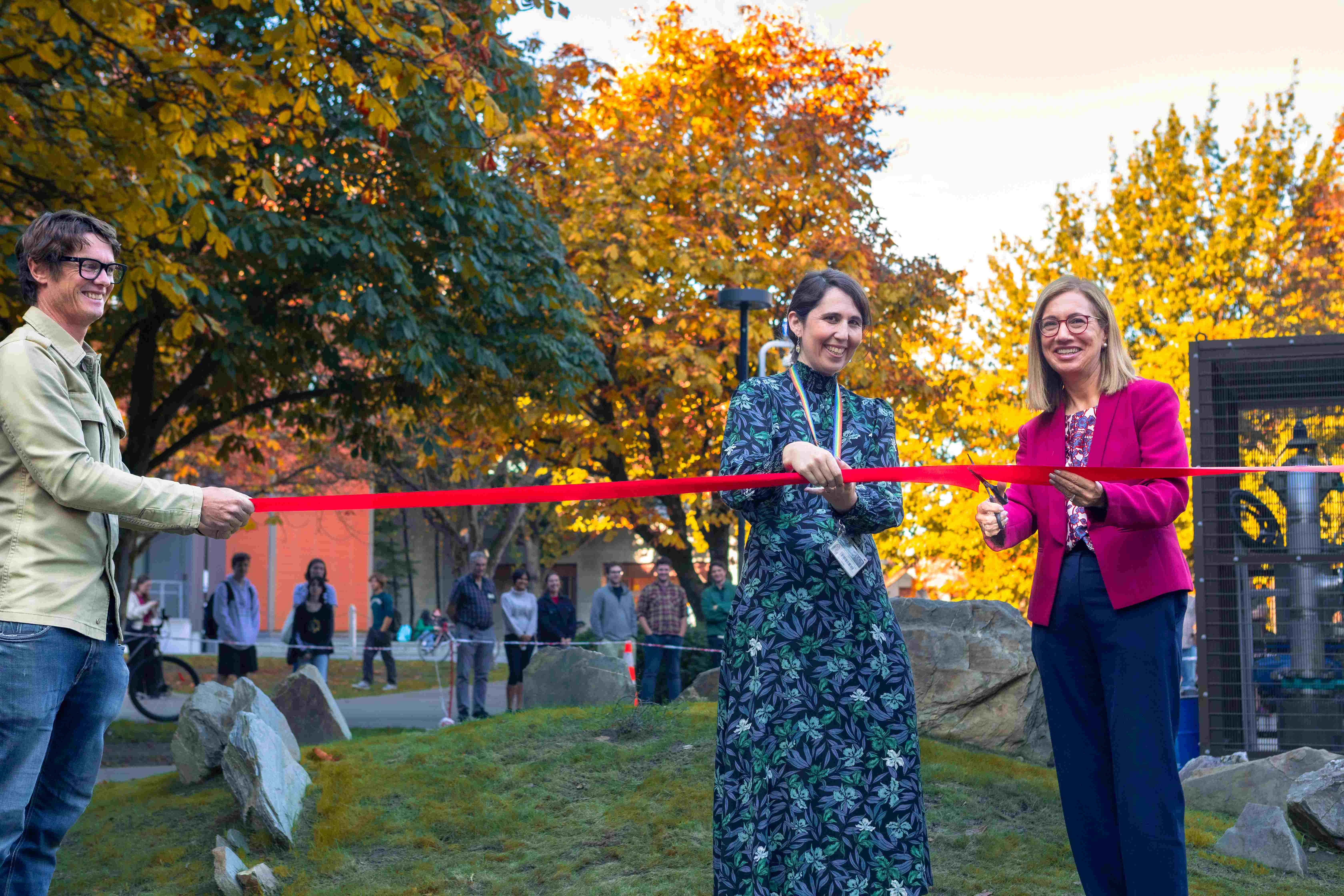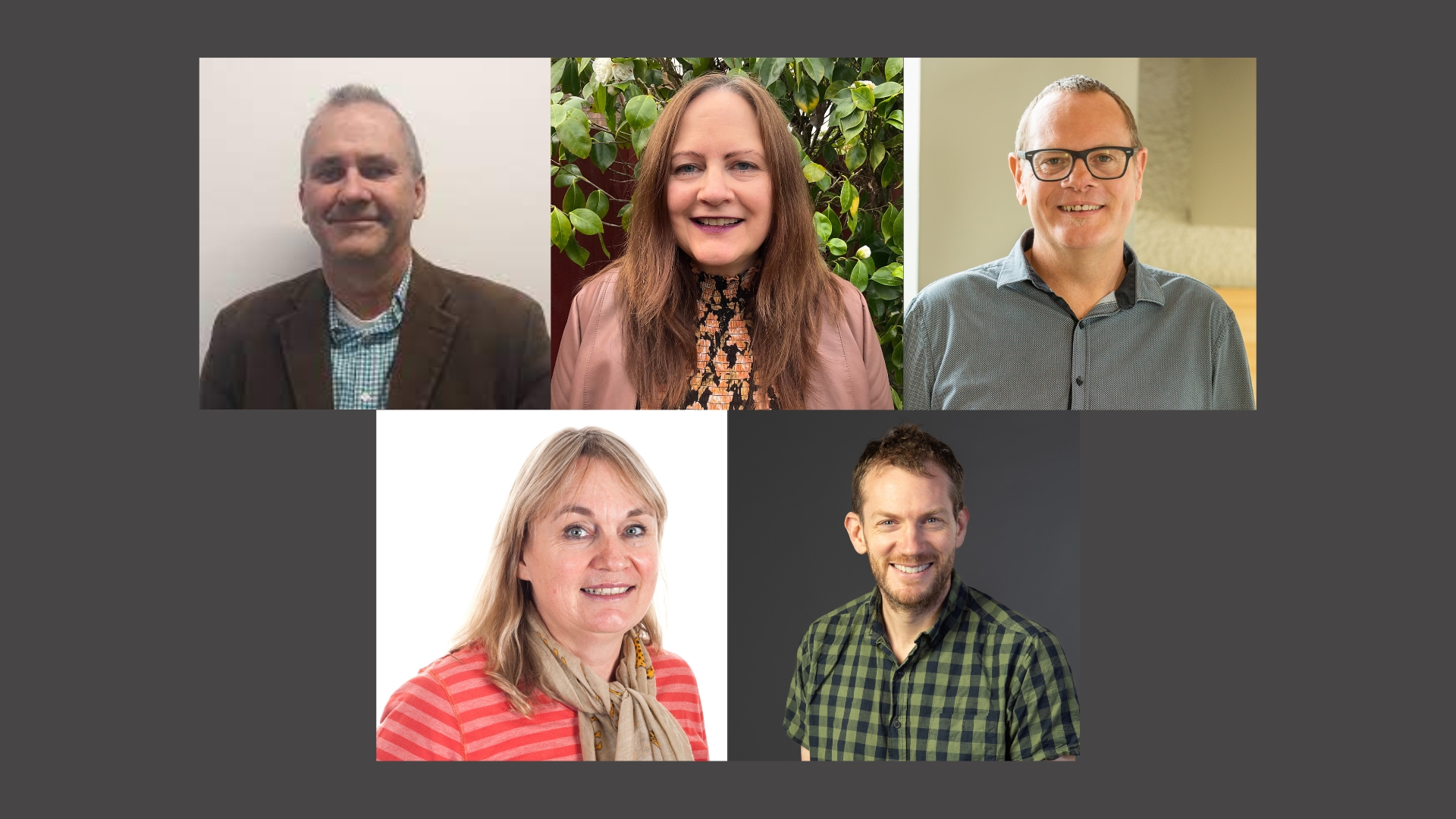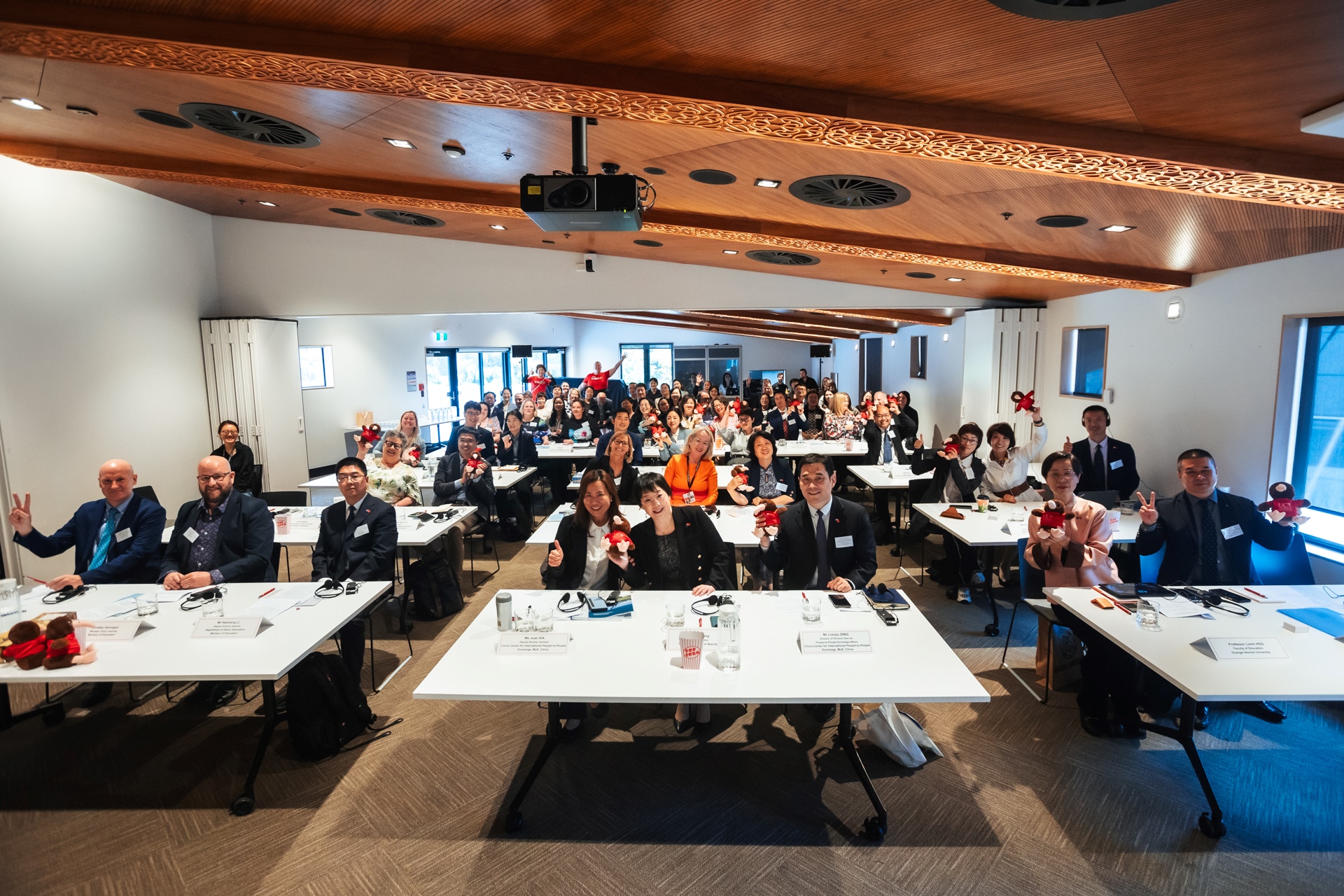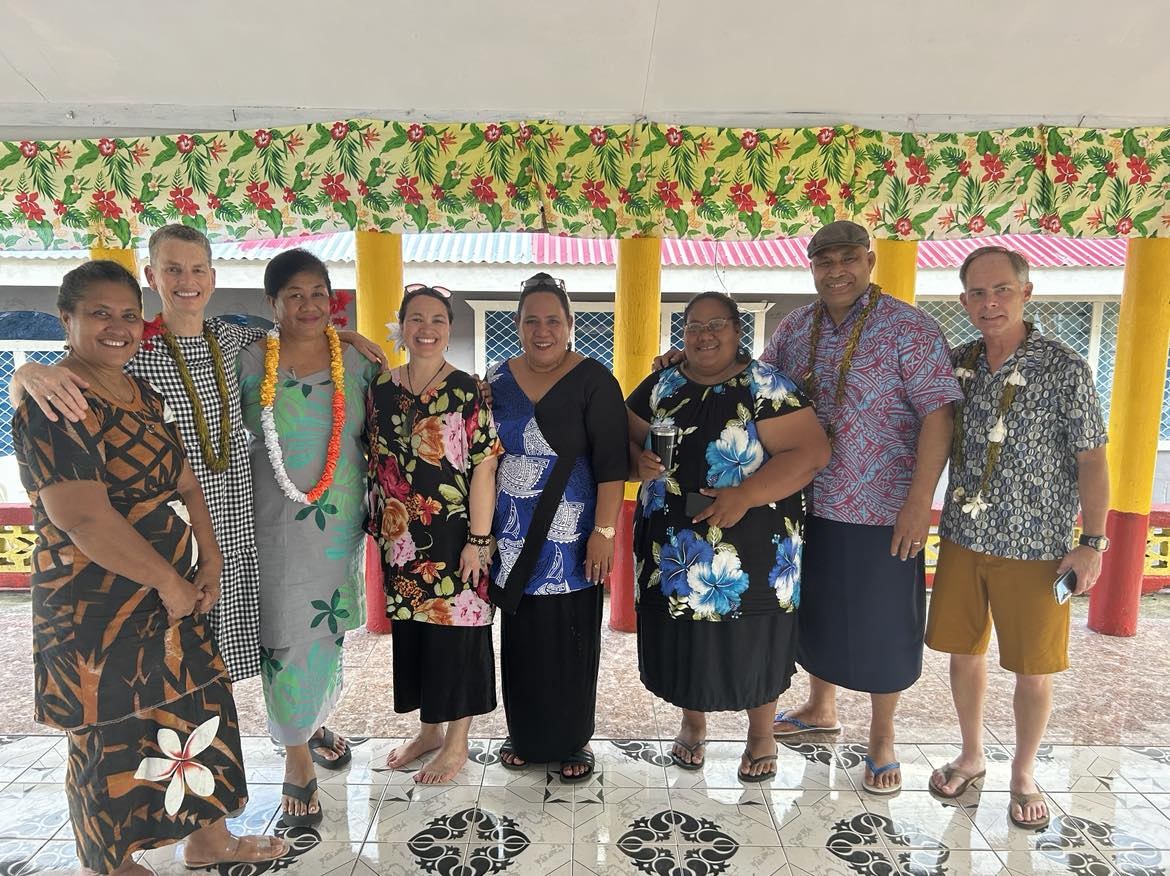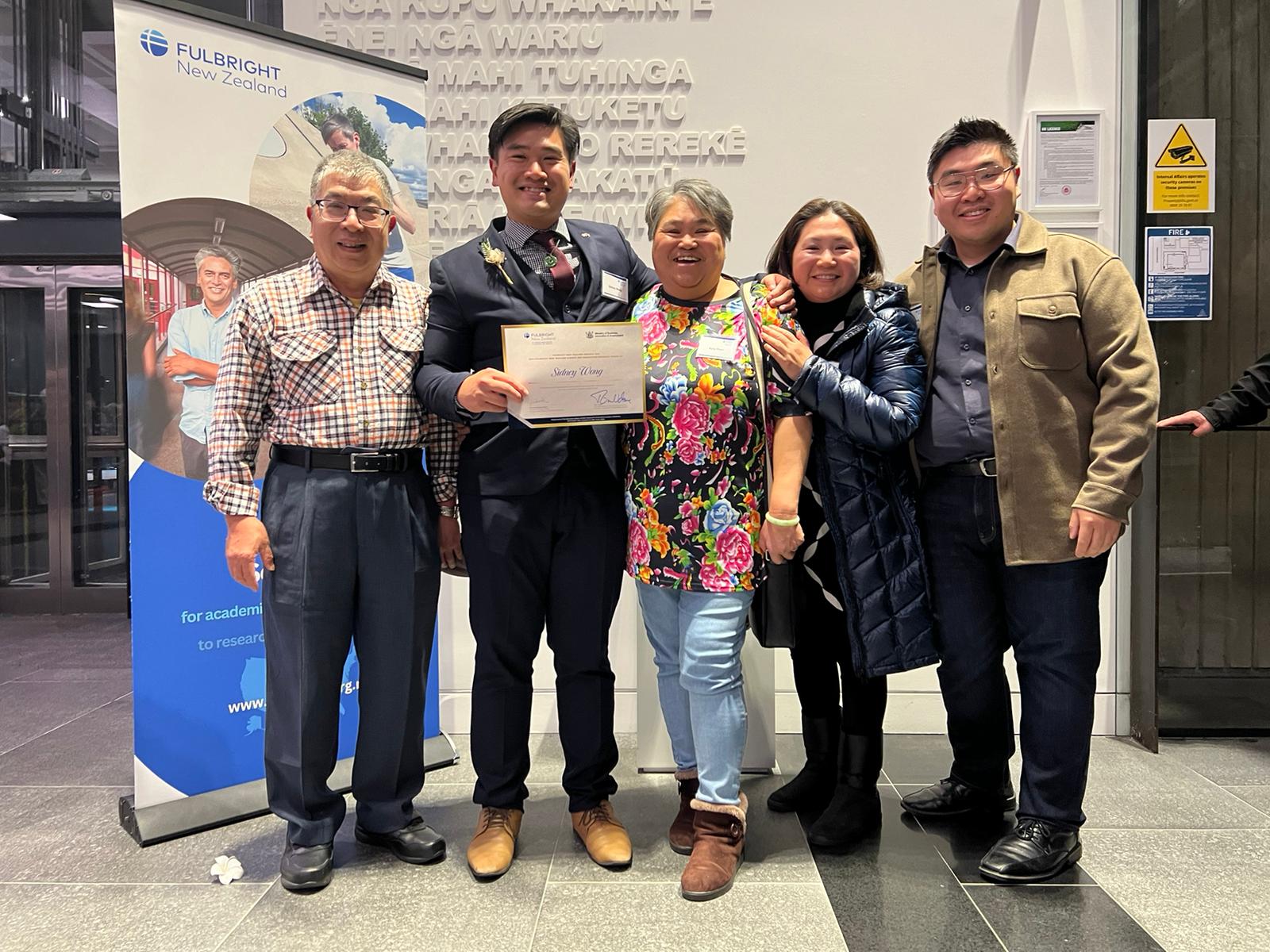Dr Andres Valencia, Lecturer at UC’s Department of Civil and Natural Resources Engineering, says that while we can – and must – learn the theories underpinning the physical world, being able to bring these theories to life in a lab is essential.
“Our labs give us the incredible ability to represent and simplify the world around us. When you think about it, you can only get limited information about fire during a fire event. You have to create it in a lab and study its effect if you want to understand its nature. Same for earthquakes or for centuries-long erosion on bridges or other built structures. Labs allow us to unravel the nature of our world and to use this knowledge for the benefit of our community,” says Dr Valencia.
Labs are so central to research and education that universities have created some incredibly sophisticated and well-resourced labs. There, researchers investigate the myriad of details that affect the big picture of how we work, live and play in our cities; then carefully apply scientific and engineering principles to design and build the solutions we need.
The University of Canterbury is world-renowned for its labs, which are pivotal to the success of students and professionals alike.
“Our state-of-the-art laboratory capabilities allow our students to experience a complete and exciting learning adventure,” says Dr Valencia. “They can feel, observe and measure essential components that help them understand and apply the theory learned during lectures. For instance, our Fire Lab allows our students to participate in experiments such as the ‘fire tornado’ or the ‘couch fire’, and use this experience to complement their learning process.”
Couch fire? Fire tornado? That’s right. Students in the UC Fire Lab – the largest such lab in the southern hemisphere – burn furniture and replicate incredible natural phenomena to understand how fire behaves. From testing structural timber connections to studying the effects of spill plumes or measuring the efficacy of sprinkler systems, the Fire Lab enables students and researchers to better understand fire and its behaviour. Ultimately, that means fewer avoidable accidents and safer outcomes for people and communities.
Interestingly, the COVID pandemic provided the perfect opportunity to study the effects of labs themselves. While UC was able to devise workaround solutions such as online experiments featuring 3D-views and interactive access, it quickly became obvious that there’s no substitution for face-to-face (or face-to-fire) interaction.
“During lockdown we used online experiences as temporary solutions for our fire engineering courses. However it was clear that aspects such as heat, smell and all the emotions around fire were impossible to teach this way. This put in evidence the importance of feeling and observing in the laboratory learning adventure,” says Dr Valencia.
The Fire Lab is just one exciting new lab in The Canterbury Engineering The Future (CETF) project, a $142 million investment in UC Engineering's facilities. This post-earthquake development features a range of refurbished or new state-of-the-art labs including the Structural Engineering Laboratory, Human Interface Technology (HIT) Lab, Electron Microscopy Laboratory, Nanotechnology Laboratory, and the Chemical and Process Engineering lab. Whatever the field of engineering, UC provides world-class, hands-on experiences that reveal new insights about the world around us.
These labs are absolutely essential in enabling effective learning and research. While engineers ensure urban communities function as healthy, safe places to live, labs ensure engineers can better understand the world around us. And with better understanding, comes improved outcomes for people and our planet.
Dr Valencia sums it up best. “At UC we invest in our labs because we care about our future.”

